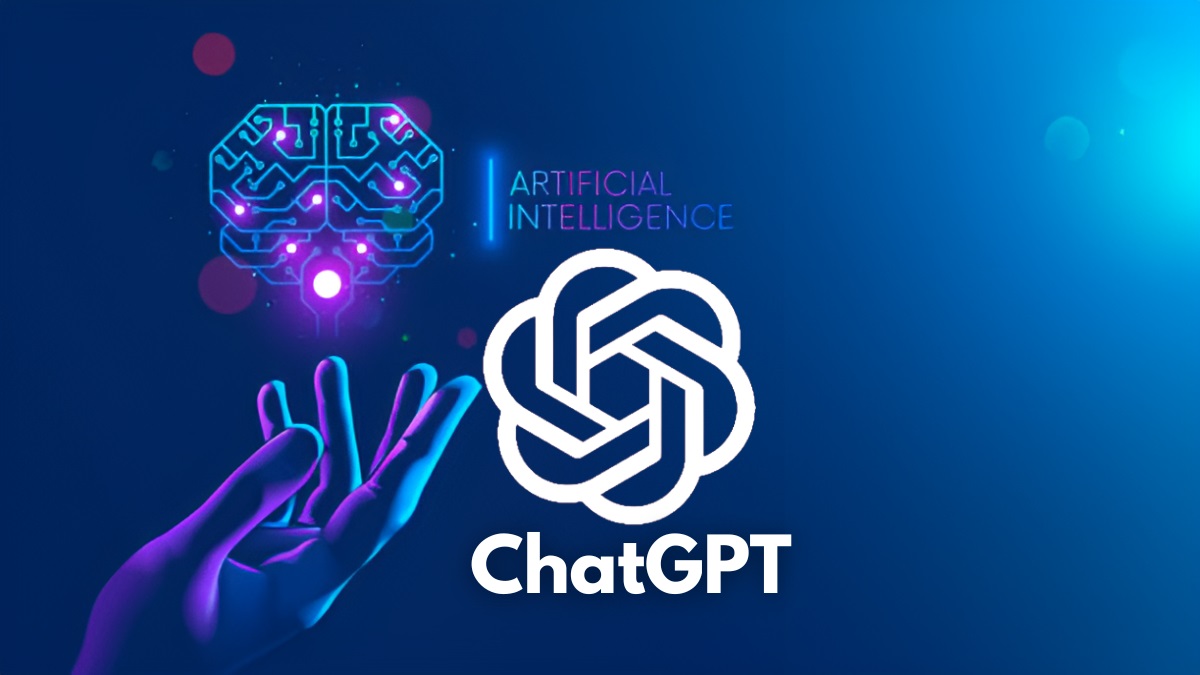ChatGPT is a conversational artificial intelligence model developed by OpenAI, specifically based on the GPT (Generative Pre-trained Transformer) architecture. It’s designed to engage in natural-sounding and contextually relevant conversations with users.
ChatGPT can be used for a wide range of applications, including:
Answering Questions: Users can ask ChatGPT questions on various topics, and it will attempt to provide informative and accurate answers based on its training data.
Conversational Agents: ChatGPT can be used as a chatbot or virtual assistant to have interactive and engaging conversations with users. It can help with tasks like providing information, recommendations, or even just casual conversation.
Content Generation: Writers and content creators can use ChatGPT to generate articles, stories, poetry, code snippets, and more. It can help overcome writer’s block or provide creative ideas.
Language Translation: While not as specialized as dedicated translation tools, ChatGPT can assist in translating text between languages.
Coding Assistance: ChatGPT can offer suggestions and explanations for coding problems, helping programmers debug and understand code snippets.
Tutoring and Learning: It can serve as a study aid by explaining concepts, answering academic questions, and providing explanations on various subjects.
Idea Generation: Entrepreneurs, designers, and innovators can use ChatGPT to brainstorm ideas, product names, slogans, and marketing strategies.
To use ChatGPT, you typically interact with it through a user interface provided by OpenAI or integrated into various applications. You input your queries or prompts, and ChatGPT responds based on its training data. It’s important to note that while ChatGPT is powerful and versatile, it has limitations and might occasionally produce incorrect or inappropriate responses.
OpenAI has developed various versions of GPT models, including GPT-3.5, which this instance is based on. Keep in mind that my knowledge is current as of September 2021, and there may have been updates or newer versions released since then.

It’s important to note that ChatGPT doesn’t have real-time memory beyond a certain context window, and its responses are based on patterns it has learned from its training data up to its knowledge cutoff date. While it can generate coherent and contextually relevant text, it might not always provide accurate or up-to-date information.
OpenAI offers different subscription plans for using the ChatGPT API, each with its own pricing structure and usage limits. By integrating ChatGPT into your applications, you can create conversational AI experiences, virtual assistants, chatbots, customer support systems, and much more.
You can use ChatGPT through an API (Application Programming Interface) provided by OpenAI. Developers can integrate this API into their applications, websites, or services to enable human-like interactions with users. The API allows you to send a list of messages as input, where each message has a role (“system”, “user”, or “assistant”) and content (the actual text of the message). This setup enables dynamic and interactive conversations.


